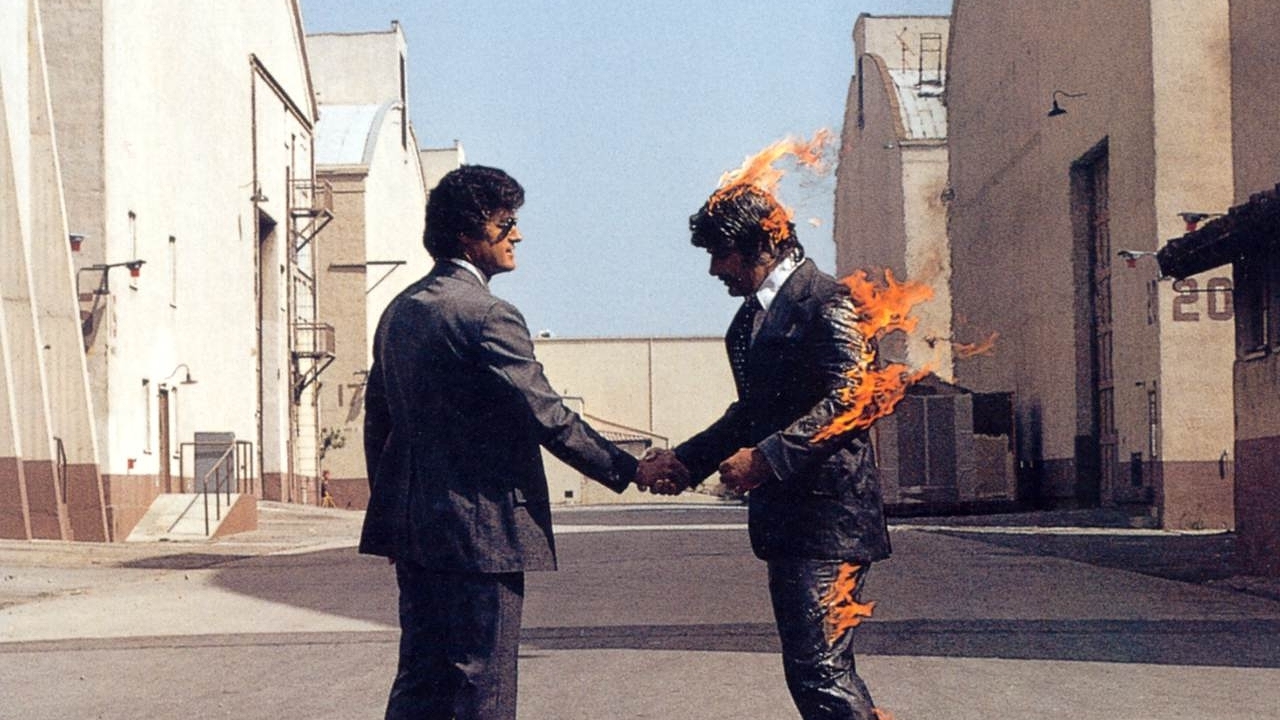
Before the advent of digital studio technology, a degree of imprecision naturally resulted from the recording process. It may now be too easy to erase and correct perceived errors. As Brian Eno has pointed out, “the temptation of the technology is to smooth everything out.” Perhaps that’s why so many of the famous songs containing mistakes in pop culture lore come from a pre-digital age. In any case, such lore abounds. Some of it speculative, some anecdotal, some apocryphal, and much of it clearly evident in close listens and confirmed by the musicians, engineers, and producers themselves.

A recent Reddit thread compiled 500 comments worth of discussion on the subject. One prominent example is Ella Fitzgerald’s 1960 “Mack the Knife,” in which she forgets the lyrics to the chorus and improvises. “Talk about failing gracefully,” writes user Bleue22. The album, they note, went on to win a Grammy.

Still, we don’t lack for studio examples of mistakes in great recordings. If you’re a metal fan, Metallica’s “Seek and Destroy” from 1983’s Kill ‘Em All likely holds a special place of honor in your collection. As Kirk Hammett revealed in a 2002 interview with Guitar World after his induction into the magazine’s hall of fame, his solo on the track was only a second or third take, with little rehearsal. “There were no frills, no contemplation, no overintellectualizing,” he says. The result? Amazing, right? But, Hammett continues, “On a couple of notes in that solo, I bend the notes out of pitch; for 18 years, every time I’ve heard that guitar solo, those sour notes come back to haunt me!”

Every guitarist has suffered through this experience while listening back to their records. Few make Guitar World’s hall of fame. The point is that greatness and perfection are not always the best of friends. Another example of the kind of thing that might only haunt a musician: In Steely Dan’s “Aja” from the 1977 Grammy-winning album of the same name, drummer Steve Gadd plays “one of the best drum solos ever recorded,” writes Michael Duncan as Sonic Scoop. Drummers for decades have sought to replicate the moment, especially an idiosyncratic click at 4:57. Turns out, it was “actually a slip of his stick; albeit a well-timed one.” The solo, Duncan notes, was done in one take.

Other examples may have had life-changing consequences for the musician in question. It’s rumored that David Gilmour’s faintly recorded coughing on Pink Floyd’s “Wish You Were Here” bothered him so much that he quit smoking. In some cases, the mistake can turn into a hook or a musical statement, such as Cindy Wilson’s shout of “Tiiiiiiin Roof! Rusted” in the B-52’s “Love Shack,” apparently a mistake on Wilson’s part. The phenomenon, granted, tends to manifest in genres that accommodate all varieties of looseness—rock, blues, jazz, etc.—and the great bulk of examples in the Reddit mistake thread come from such recordings. I couldn’t say whether it’s possible to compile such a list in music with far stricter arrangements or reliance on electronic instrumentation.
https://youtu.be/Qpoqzt2EHaA
Ajuda-nos a manter viva e disponível a todos esta biblioteca.

I also couldn’t say whether mistakes in, say classical or electronic music, would produce such desirable results. What often emerges in these discussions is the degree to which mistakes, unplanned improvisations, or happy accidents can become essential features of a song. Take The Breeder’s “Cannonball,” which intentionally incorporates a mistake bassist Josephine Wiggs repeatedly made in rehearsals, sliding to the wrong note in the solo bass intro, then correcting when the guitars came in. “We all just thought it was hilarious and thought it sounded really great,” she remembered. “It was clear to us at that moment that that was the right thing to do, to keep the wrong note in there.” Does it matter that some recorded mistakes are intentional and others are not? That question may be fodder for another 500-comment-long discussion. Or we could heed the wisdom of Brian Eno or Miles Davis and just go with it either way.
O Artigo: When Mistakes/Studio Glitches Give Famous Songs Their Personality: Pink Floyd, Metallica, The Breeders, Steely Dan & More, foi publicado @Open Culture
The Post: When Mistakes/Studio Glitches Give Famous Songs Their Personality: Pink Floyd, Metallica, The Breeders, Steely Dan & More, appeared first @Open Culture
Assinados por Artes & contextos, são artigos originais de outras publicações e autores, devidamente identificadas e (se existente) link para o artigo original.







